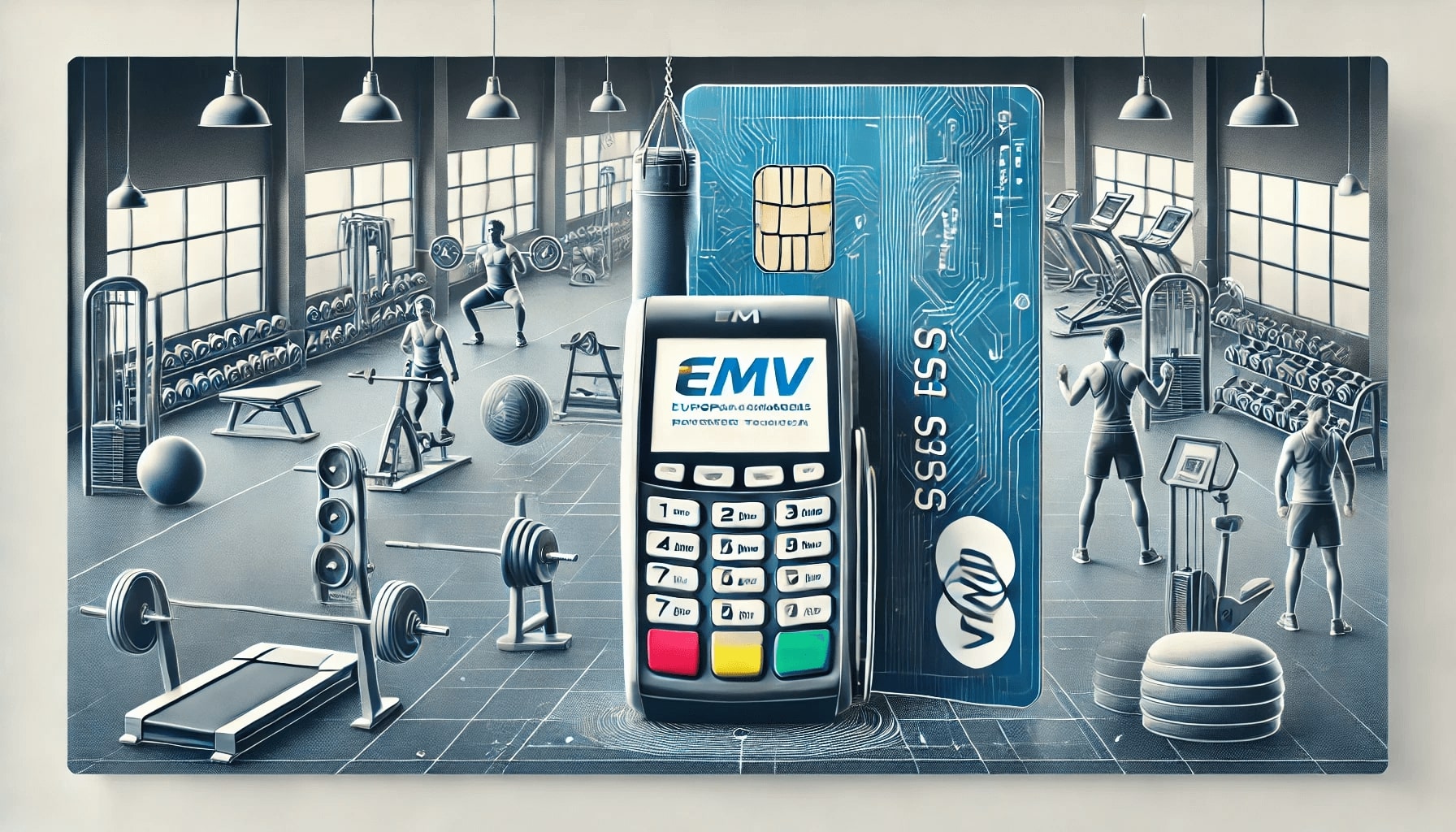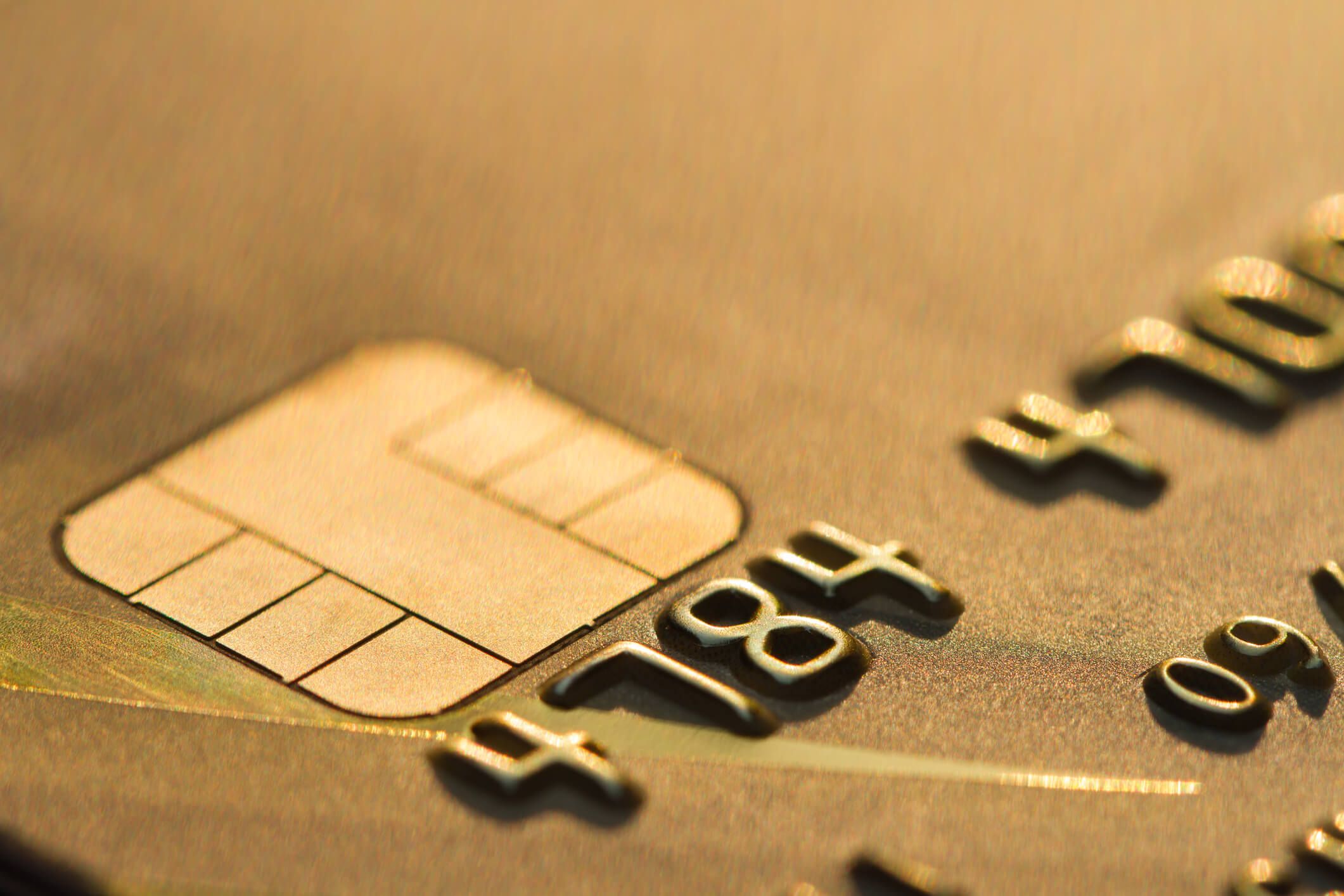In today's digital age, technology plays a crucial role in almost every aspect of our lives, including the way we make payments. With the rise of contactless payments and online transactions, it is essential for fitness businesses to stay up-to-date with the latest payment technologies to provide a seamless and...
EMV Compliance for Fitness Businesses
In today's digital age, payment security is of utmost importance for businesses across various industries, including the fitness sector. With the rise in credit card fraud and data breaches, fitness businesses need to prioritize implementing EMV compliance to protect their customers' payment information and reduce the risk of financial losses....
Implementing EMV Technology in Gym Payment Systems
In today's digital age, the use of electronic payment systems has become increasingly prevalent across various industries. The fitness industry is no exception, with gyms and fitness centers adopting electronic payment systems to streamline their operations and enhance customer convenience. One of the most significant advancements in payment technology is...
EMV Credit Card Machines for Gym & Fitness Businesses
In today's digital age, the use of credit cards has become increasingly prevalent, with more and more consumers opting for the convenience and security they offer. As a result, gyms and fitness centers are recognizing the need to adapt to this trend by implementing EMV credit card machines. These machines,...



